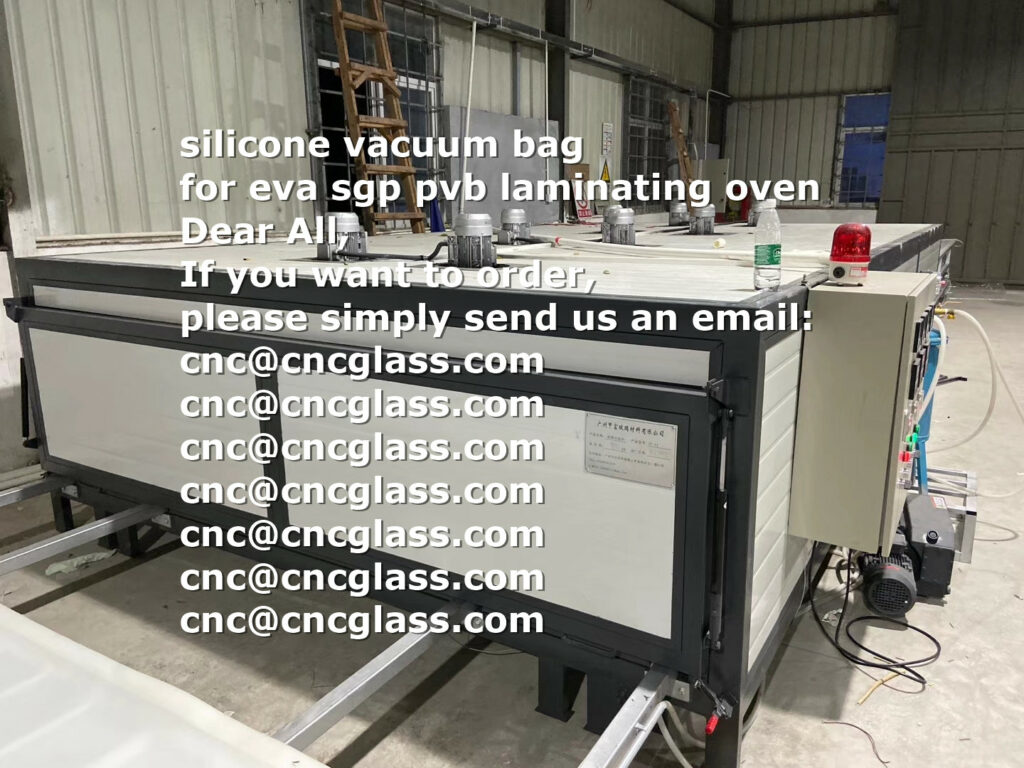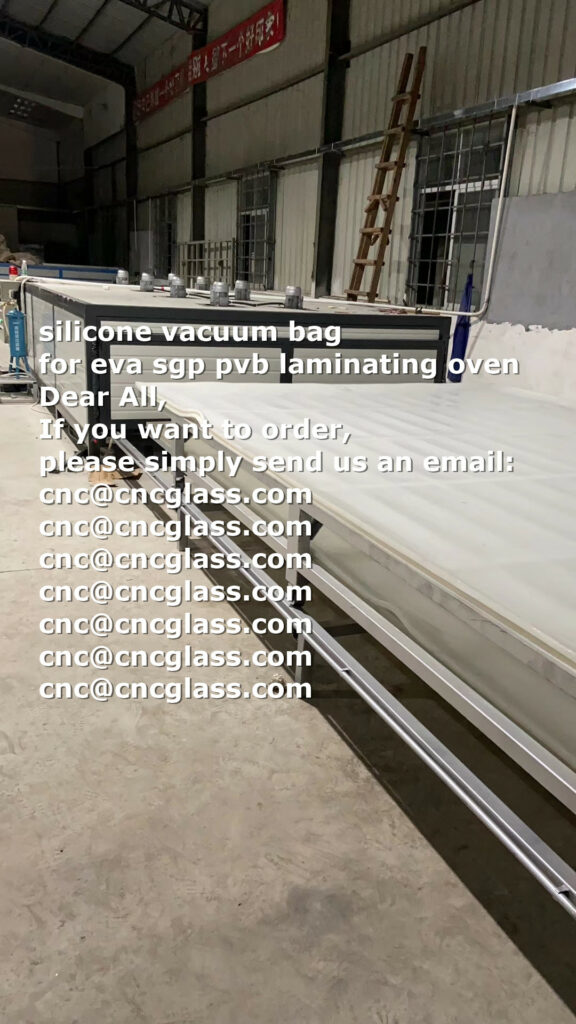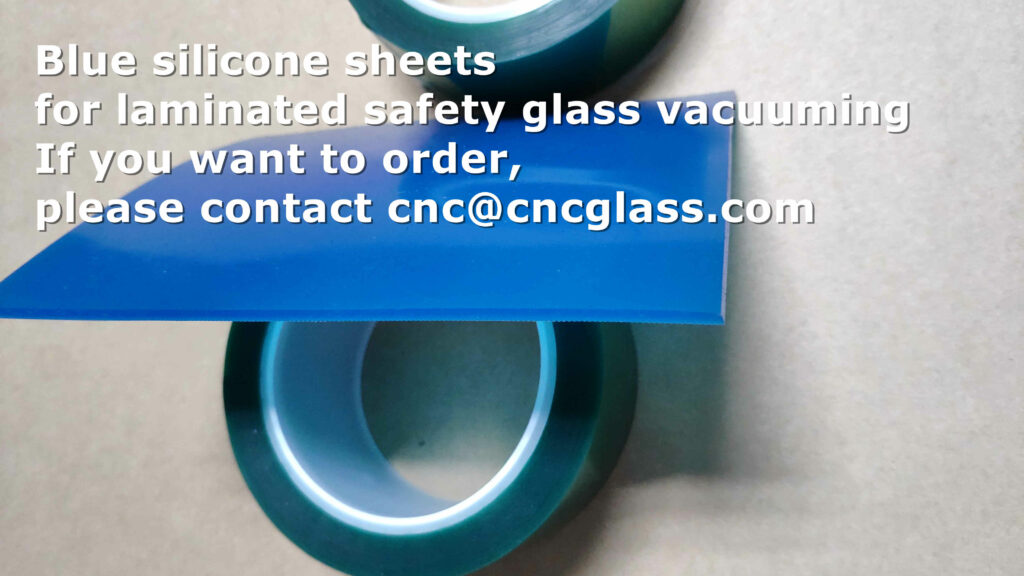

CNC@CNCGLASS.COM




Ethylene vinyl acetate (EVA) for laminated glass safety galzing
Ethylene vinyl acetate (EVA)
A sheet film of EVA (to a maximum width of 2.3 meters) is placed between two sheets of glass, a vacuum is applied to force the glasses together and suck out air to avoid bubbles, and then it is heated to soften the film and make it adhere to the glass.
EVA has a high tensile strength, excellent transparency, outstanding cohesion properties, good resilience to temperature changes, humidity, durability and long-term reliability. It is ideal for areas prone to moisture such as shower screens and wet rooms. It is often used for increased safety, security and sound insulation for various indoor and outdoor applications.
Laminated safety glass is considerably more impact resistant than conventional glass. Tests have shown it is some 30 times more intruder-resistant than conventional toughened glass. It is strong enough to withstand a vigorous attack from a heavy or sharp weapon. It can resist an aggressive attack for 20 to 30 seconds compared to toughened glass which would resist a similar attack for only one or two seconds.
Laminated is a type of safety glass which holds together when shattered. In the event of breaking, the glass is held in place by an interlayer, such as EVA(Ethylene Vinyl Acetate Copolymer), between the layers of glass. The interlayer keeps the layers of glass bonded even when broken, and its high strength prevents the glass from breaking up into large sharp pieces, which produces a characteristic “spider web” cracking pattern when the impact is not enough to completely pierce the glass. It is often used in applications such as building facades, shop front windows, security screens, walk on floors, overhead canopies, domes etc.